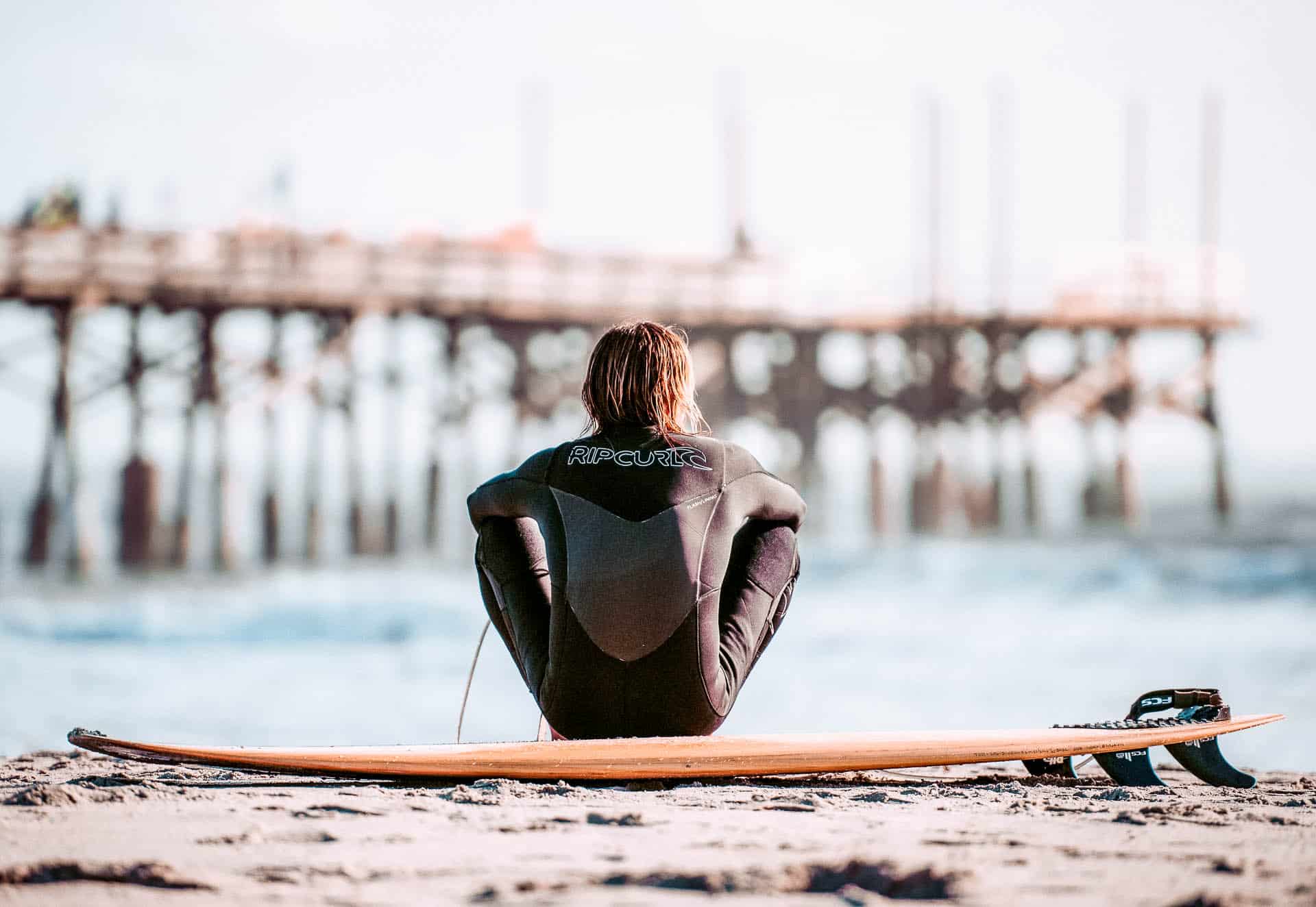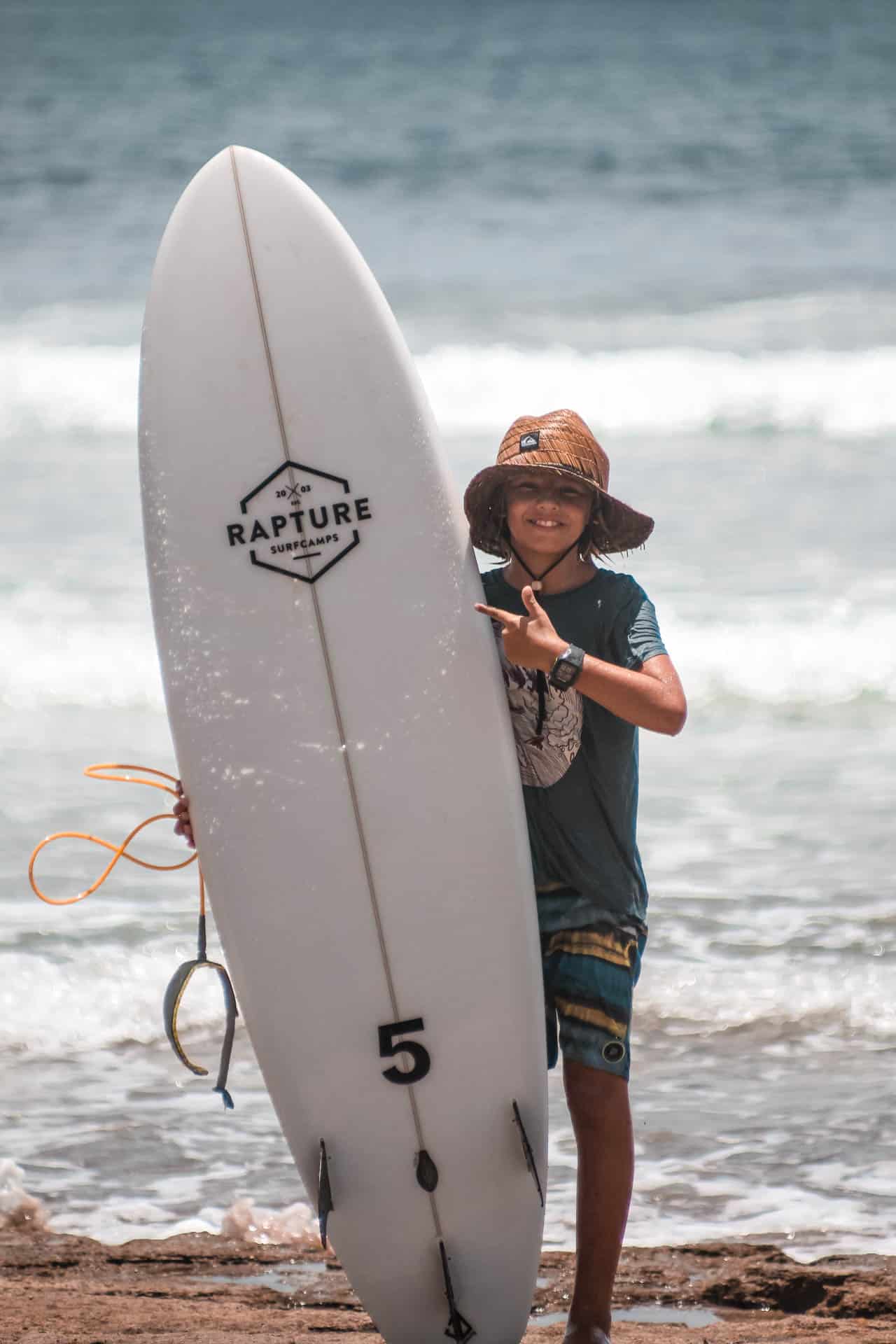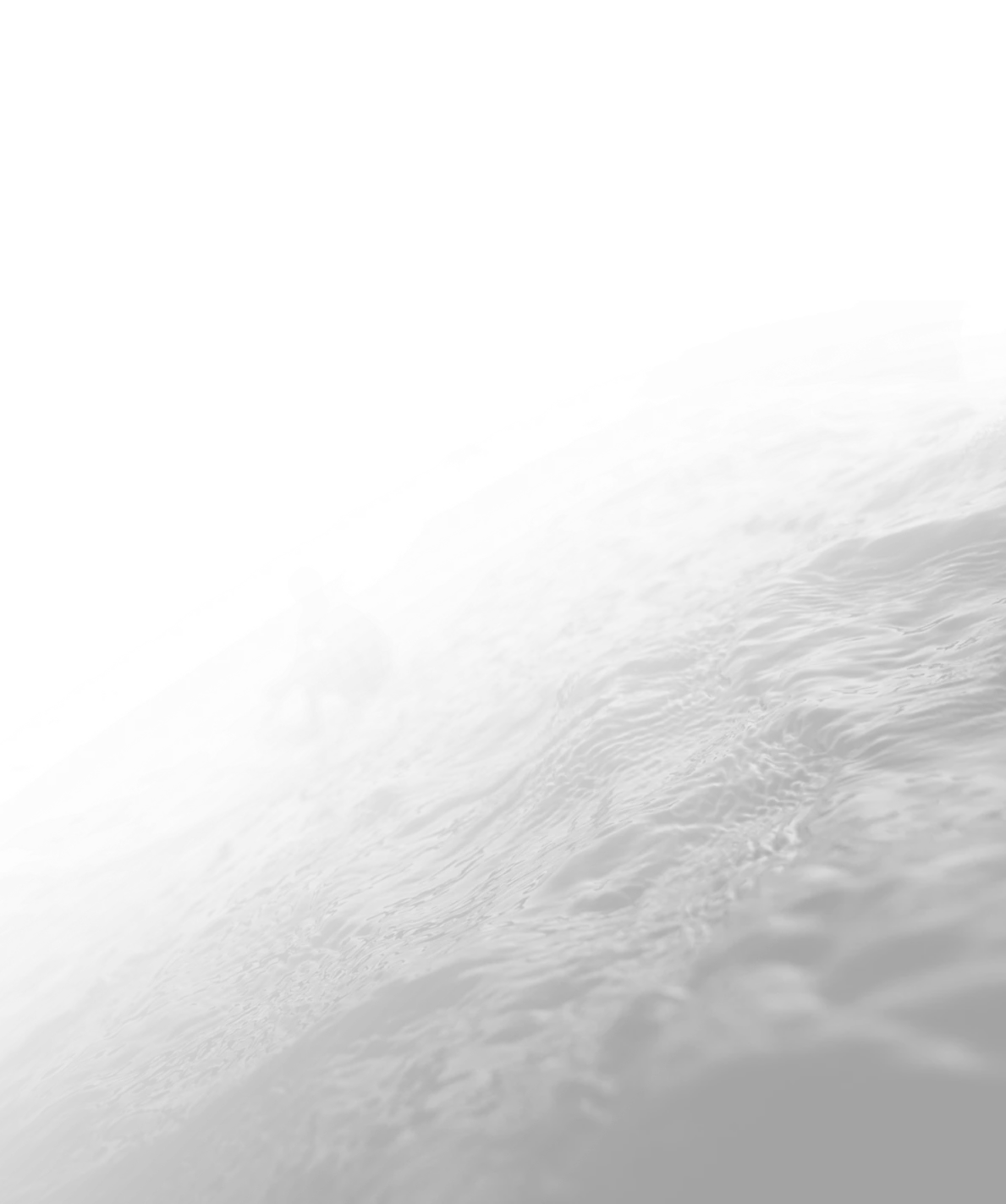Surfers know that catching the perfect wave is all about reading the water, but mastering the art of wave reading takes practice. We’ll cut straight to the chase to equip you with the knowledge you need. Learn to assess wave formation, spot the ones with promise, and find your ideal spot in the lineup. Ready to become the savvy surfer who’s always at the right place at the right time?
Let’s get started.
Imagine stepping into the ocean, feeling the cool water against your skin, and anticipating the perfect wave. As every surfer knows, catching the best waves isn’t just about luck or timing; it’s about reading the ocean’s mood, understanding its waves, and making decisions that can significantly enhance your surfing experience.
To master the art of surfing, you must first gain a profound comprehension of the ocean and its waves, which calls for an in-depth exploration of the science that underlies wave formation. It’s about understanding how the waves form, what influences their shape, and how different factors affect their size and speed.
Why should you learn to read waves?
Did you know that reading waves is considered the hardest aspect of surfing for new or developing surfers to learn? Merely observing the waves isn’t enough; it’s a mental exercise that involves posing relevant questions and formulating a framework to comprehend wave behavior.
Reading waves is vital for surfers, as it empowers them to determine the most suitable strategy for each oncoming wave. It’s like reading a book – each wave is a new chapter, and the better your reading skills and reading speed, the more you understand and appreciate the story.
Science behind Wave Formation
So, what precisely leads to wave formation? In open seas, wave size is influenced by factors like:
- the speed and duration of winds
- faster wind speeds and longer-lasting winds produce larger waves
- regions are known as fetches where the wind impacts the sea surface
But that’s not all. The shape and quality of waves are heavily affected by:
- the bottom contour of the ocean floor
- wave refraction as waves travel across varying depths, affecting wave direction, height, strength, and speed
- surf conditions like tides, swells, and wind
All of these factors determine how waves break, influencing their shape, speed, and direction.
Fascinating, isn’t it – so how do these main ideas come together?
Active Reading Techniques for Surfers: Boosting Your Wave Knowledge
Having grasped the science of wave formation, we can now explore the active reading techniques for surfers. Just as a bibliophile would dissect a piece of literature to improve their reading comprehension and enhance their reading experience, surfers also need to engage in active ocean reading to improve their wave knowledge.
Understanding how the ocean’s mood shifts due to different weather, tides, and wind conditions can enhance your ability to read waves. To effectively employ active reading techniques, surfers must adapt to these fluctuating conditions. This adaptive approach allows surfers to make better decisions on wave selection, ultimately improving their overall surfing experience.
Observing Wave Patterns
Identifying wave patterns is among the initial steps in active reading for surfers. It’s about looking for consistent patterns in how waves form and break along the coastline to identify wave breaks effectively.
A thorough understanding of wave dynamics, like the speed and direction of wave sets, can greatly improve a surfer’s positioning in the lineup. Observing how waves wrap around points or headlands can reveal refraction patterns and indicate the best take-off spots.
Even before stepping into the water, developing a pre-surf routine that involves observing the waves can aid in better wave selection and bolster confidence.
Decoding Wave Energy Levels
Let’s delve further into the core of the wave – its energy levels. Swell energy, which is the combination of wave size and period, is a key indicator of the power behind expected surfing conditions.
A stronger swell period, like one over 14 seconds, often results in better surf conditions due to the presence of pure groundswell energy. The direction of incoming swell significantly affects wave energy levels, with direct swells typically generating stronger waves that provide more power.
Comprehending a wave’s energy and power is key for surfers in making educated choices about which wave to catch and how to ride it skillfully.
Mastering Wind Conditions
Wind plays a vital role in shaping the surfing conditions. Offshore winds blowing from the land to sea promote the formation of well-defined, sharper waves for surfing, while onshore winds can cause premature wave collapsing.
Sudden wind gusts can drastically alter the surfing conditions by changing wave shapes and making them more challenging to navigate. Being able to master wind conditions can significantly enhance your surfing experience, allowing you to ride waves with confidence and ease.
Riding Waves with Confidence: Developing Your Comprehension Skills
Well, we have the theoretical part covered. Now, let’s move on to the exciting bit – confidently riding the waves! To achieve this, it’s fundamental to hone your reading comprehension skills. Consistent practice and attention to detail are foundational in improving surfing techniques and building confidence in wave reading skills.
Through perseverance and repeated practice, achieving small goals, such as better balance and agility on the board, solidifies a surfer’s ability to comprehend and navigate waves confidently. Moreover, maintaining a calm and focused mindset in the water is critical for surfers to make effective decisions, enhancing their comprehension of wave behavior.
Identifying Wave Breaks and Characteristics
Visualize standing on the shore, gazing at the waves. Can you discern the types of breaks out there? Identifying wave breaks and their characteristics is a critical skill for any surfer. Each has unique characteristics, from beach breaks that break over a sand bottom to point breaks characterized by waves wrapping around rocky headlands.
Understanding these characteristics can help you choose the right waves to ride. For instance, the angle of the wave from its peak to the water level is key for predicting the direction of the break. Identifying a wave’s peak can indicate whether it will offer a consistent break or if it’s likely to close out.
Gauging Wave Height and its Effect on Surfing Difficulty
Another critical factor to bear in mind when reading waves is their height. It’s often described in relation to the human body, such as:
- knee-high
- waist-high
- shoulder-high
- head-high
- overhead
Accurately measuring wave height is complicated by factors such as the wave period, ocean depth along the wave’s route, and the measurement point on the wave. Evaluating wave quality requires considering aspects like wave shape, height, formation, breaking pattern, and potential for maneuvers, which is subjective and varies with each surfer’s preferences and abilities.
Perfecting your Positioning in the Lineup
Your positioning in the lineup can significantly influence the success of your surf session. It’s all about making constant micro-adjustments based on the time between sets and using landmarks or other surfers as references to maintain an optimal position for catching waves.
Efficient paddling, facilitated by choosing a surfboard with correct volume and shape, and mastering quick-start techniques like the ‘Pop & Cork’ are critical to matching the wave’s speed and responding rapidly to surfing opportunities.
Taking Your Surfing to New Heights: Implementing Comprehensive Wave Reading Techniques
You’re now armed with an abundance of knowledge on wave reading. However, knowledge without application is akin to an unopened book. It’s time to implement these techniques and advance your surfing!
Observing experienced surfers, asking them about their techniques, and even incorporating insights from related disciplines can provide profound insights that can accelerate your learning process. Whether it’s efficient paddling or timing and anticipating wave sets, each technique plays a crucial role in mastering the art of wave reading.
Another great way to level up is to join thousands of other surfers who are surfing the world at one of Rapture Surfcamps’ stunning locations – and there are seven to choose from, including Bali, Nicaragua, and Portugal.
Effective Paddling for Catching Waves
Efficient paddling is key when it comes to catching waves. It’s not just about moving your arms; it’s about using a deep stroke where the hand reaches down and fully submerges, creating more propulsion to catch waves effectively.
Think of it as the key to unlocking the door to the wave. The better your paddling technique, the easier it is to catch the wave, ride it, and, most importantly, enjoy the ride.
Harnessing the Power of Wave Refraction
Wave refraction is the bending of waves as they hit shallow waters at an angle, resulting in waves that break more progressively and can enhance point break conditions. Quality surfing conditions are more likely when local weather conditions, such as calm winds indicated by sparse isobars, allow for a stable swell to produce well-formed, refracted waves.
Just like a lens bends light to focus it, wave refraction can focus wave energy, creating the perfect conditions for great surf. Understanding and harnessing the power of wave refraction can significantly enhance your surfing experience.
Consistent Practice: The Key to Mastering the Art of Wave Reading
Just like any sport, regular practice is instrumental in mastering the art of wave reading. It’s about embracing the learning process, focusing on small, achievable goals, and maintaining a disciplined approach to improving surfing skills.
Incorporating full-body conditioning work can enhance your work capacity and endurance for more efficient paddling. Some examples of full-body conditioning exercises include:
- Jump rope
- Circuit training
- Interval running
- Rowing machines
Similarly, maintaining mobility and joint health in the upper body is crucial to prevent injuries and allow for prolonged paddling sessions.
Struggling to practice? Not close to a beach, or is the weather holding you back? Why not make the most of the all-year-round surf season at a surf camp? Embark on an epic surf adventure by choosing from an array of breathtaking locations, each boasting perfect conditions to put your wave-reading prowess to the ultimate test. Feel the thrill of riding majestic waves in paradisiacal surf spots around the globe! Find the perfect surf camp.
Setting Goals and Tracking Progress
Setting small, attainable goals to track progress, sustain motivation, and enhance skills is crucial in surfing. Whether mastering a new technique or improving your wave reading skills, each goal is a step towards becoming a better surfer.
Prioritizing a single goal over multiple goals in surfing ensures discipline and clarity, leading to measurable progress in skill development. Remember, achieving surfing goals requires persistence and patience, as significant improvements may take weeks or months of consistent practice.
Learning from Fellow Surfers’ Insights
No surfer operates in isolation. Gleaning knowledge from seasoned individuals in the surfing community through surf schools or by inquiring about their techniques provides valuable insights to surfers of all levels.
Observing advanced surfers and discussing their progression from beginners can guide them in setting realistic goals and shaping their surfing journey. So, don’t hesitate to seek out valuable insights from others. It’s a great way to accelerate your learning process and enhance your surfing experience.
We’ve dived deep into the art of wave reading, understanding the science behind wave formation, mastering active reading techniques, and learning to ride waves with confidence. We’ve also explored the importance of consistent practice, setting goals, tracking progress, and seeking insights from others. Remember, every wave is a new story waiting to unfold. So, grab your board, step into the water, and start writing your surfing story!


